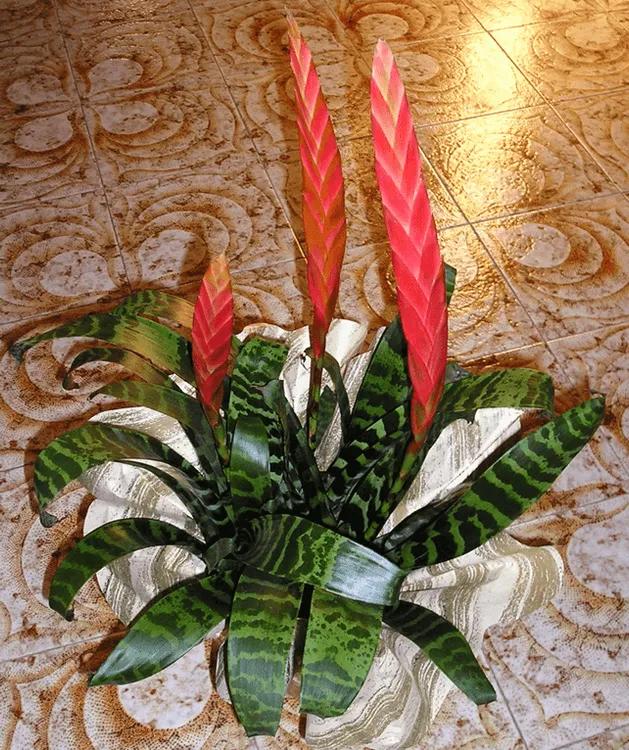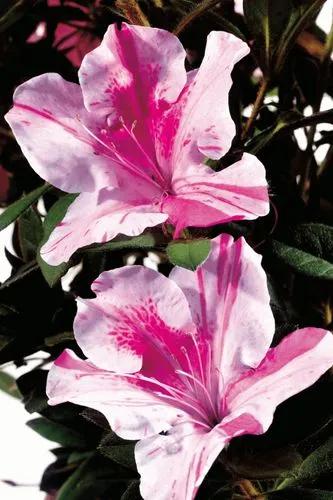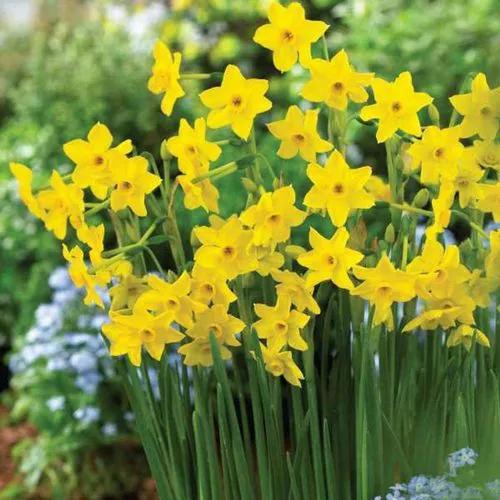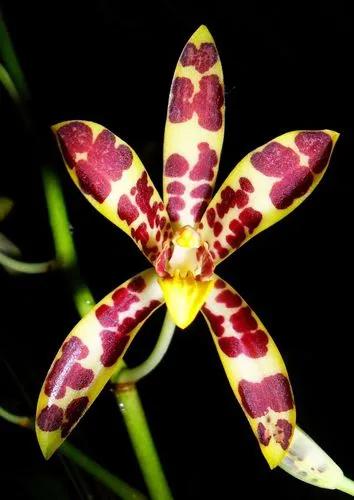Pleurothallis teaguei is an epiphytic orchid in the genus Pleurothallis. It is a large genus of orchids (family Orchidaceae) native to tropical and temperate areas of the Americas.
Pleurothallis teaguei Care
Pleurothallis teaguei



The Pleurothallis orchids are one of the largest genera in the orchid family. There are over 1,000 species of Pleurothallis orchids. Although often very small, as a group they show vast diversity and a huge range in vegetative form, growth habit (terrestrial or epiphytic), and can be found as tall cane-like plants, clumped or trailing, pendant or climbing, or delicate moss-like species that can grow on the thinnest of twigs. Pleurothallis flowers are among the most diverse and unusual. Due to their small size, Pleurothallis orchids often specialize in using tiny insects such as gnats for pollination. The flowers of many of the species at the Conservatory grow from the base of the heart-shaped leaves. Multiple Pleurothallis teaguei flowers emerge from each large leaf.
How to Care for the Plant

Water

Most pleurothallids really like high humidity; 70% should be considered a minimum.

Fertilizer

Use a diluted, ½ to ¼ strength balanced fertilizer applied about every other week. Flush thoroughly between fertilizer applications to wash away accumulated salts. Plants are intolerant of high salt accumulation.

Sunlight

Keep plant in partial shade.

Soil

Good potting mixes for these orchids include fine-grade fir bark or New Zealand sphagnum moss, usually in small plastic pots. You can also grow them mounted on twigs or slabs of bark, preferably with sphagnum moss around the roots.

Temperature

Though there is a great deal of diversity in this genus, most like cool temperatures that stay below 70°F (21°C). If temperatures get too hot, they will quickly dry out, shrivel, and die; possibly in a matter of hours. The higher the light, the cooler the temperatures need to be, and vice versa.

Container

Choose a small plastic container or grow these orchids mounted.

Popularity

3 people already have this plant 5 people have added this plant to their wishlists
Discover more plants with the list below
Popular articles






